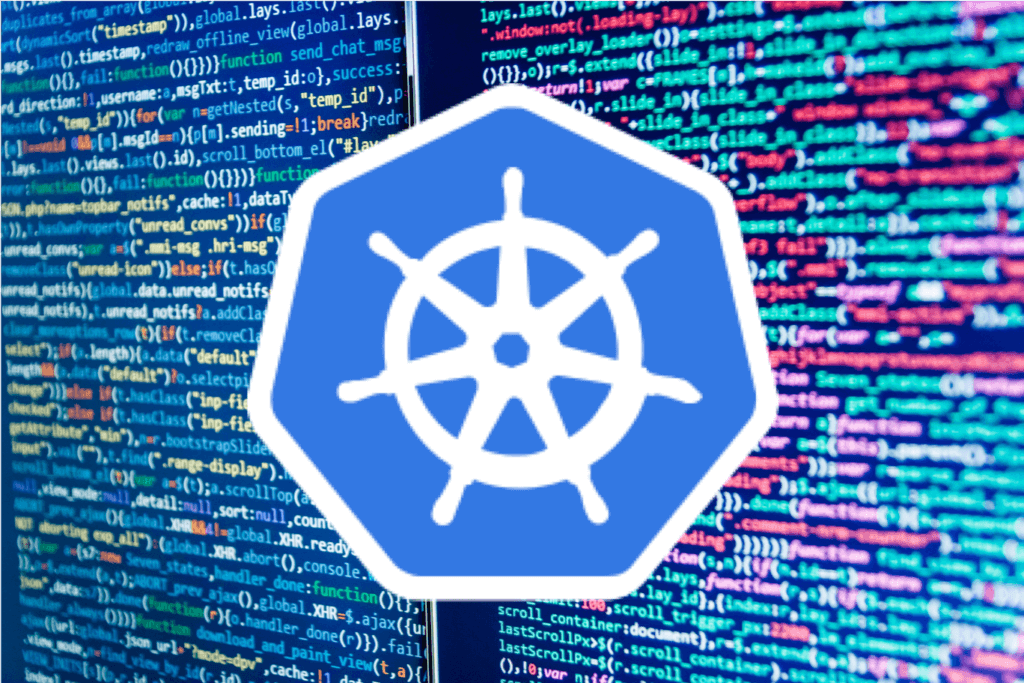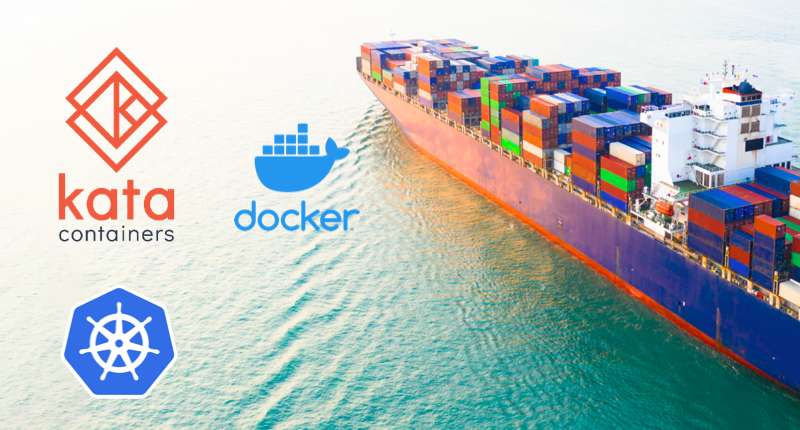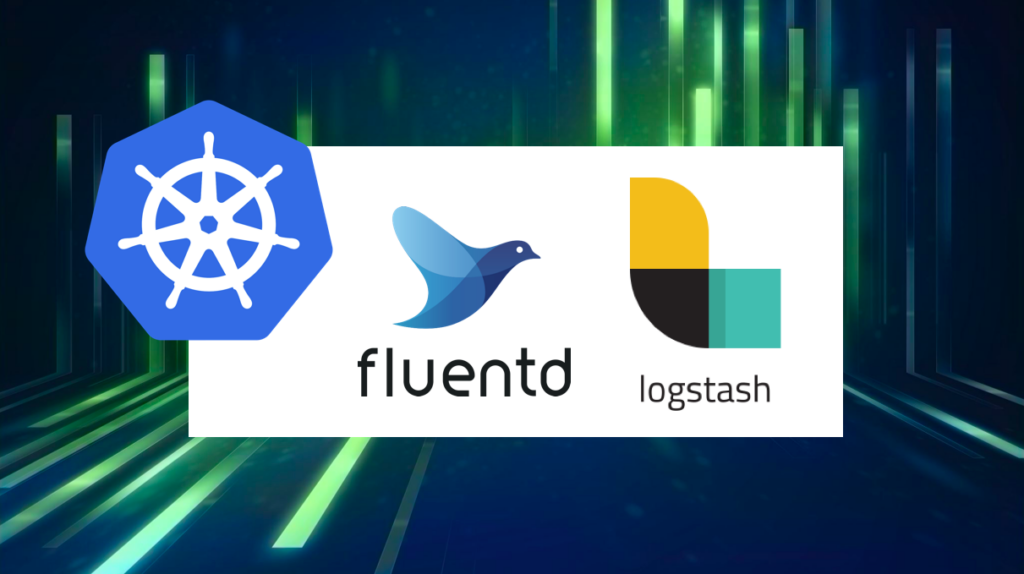Top Considerations for Migrating Kubernetes Across Platforms
Kubernetes provides a lot of freedom in terms of workload deployment across development, test, and production environments. It also gives you the flexibility to deploy across data centers, cloud providers (public and private), or colocation services without changing your software. If you’re already running on Kubernetes, you may later decide you need better support or […]










